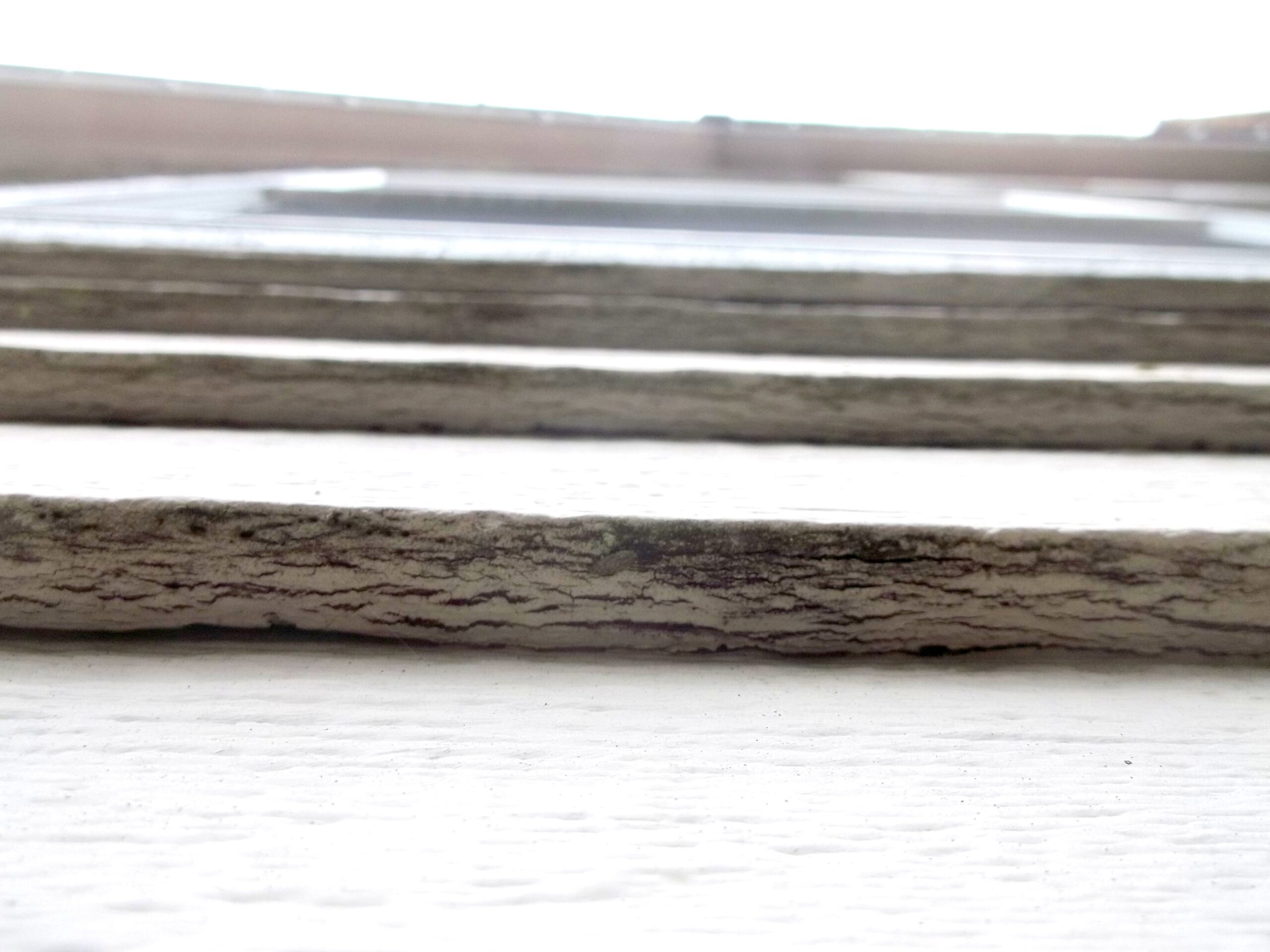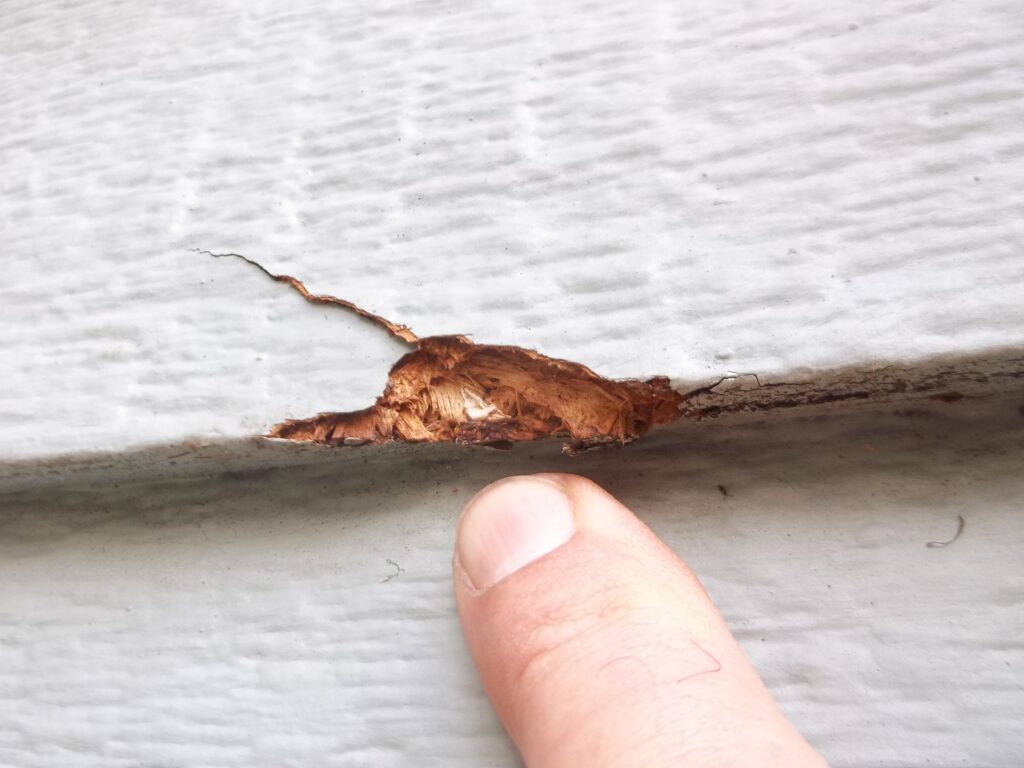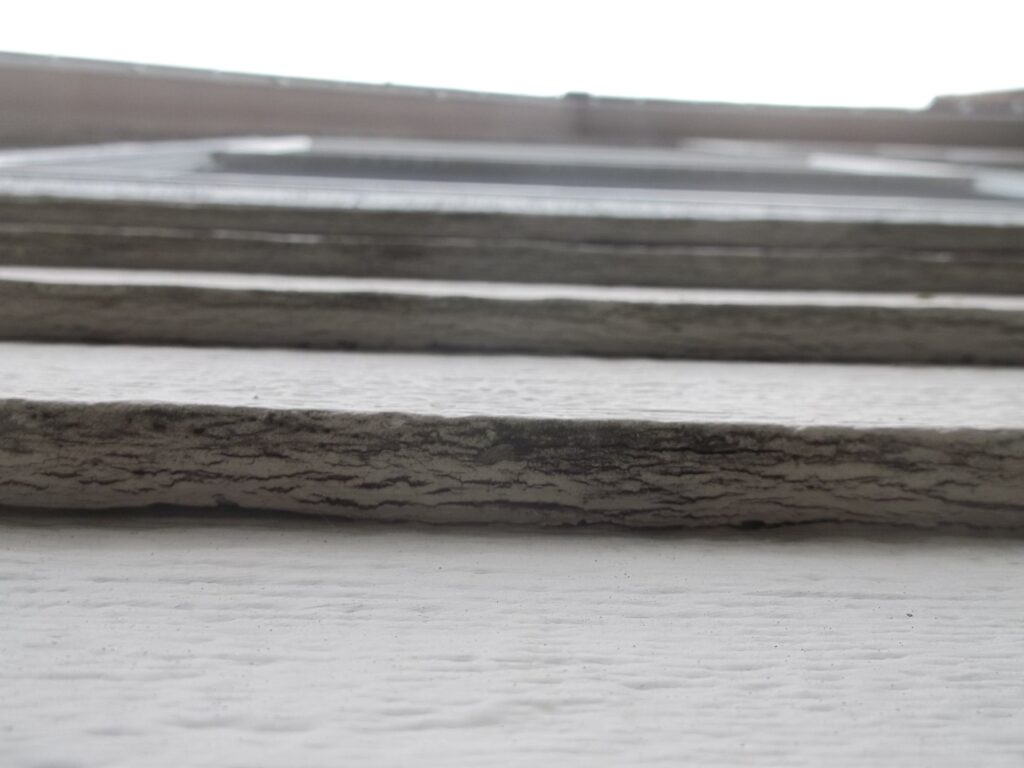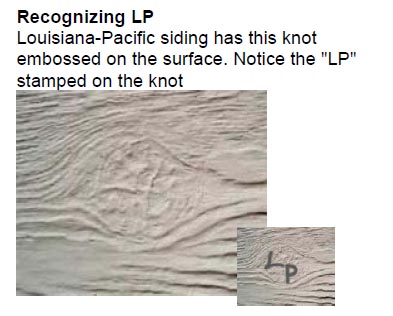
Louisiana-Pacific (LP) siding
Louisiana-Pacific (LP) siding is a popular choice for homeowners. However, it has also been the subject of controversy and lawsuits in the past. In this blog post, we will discuss the trademark LP knot, the lawsuit that LP settled in 1996 and is no longer paying out on this, the failures associated with LP siding, how to recognize it, and how to best take care of it.
The LP knot is a trademark feature of LP siding. It is a small, knot-like imperfection that is located on the surface of the siding. This knot is not a structural defect and is not harmful to the integrity of the siding. It is simply a cosmetic feature that is intended to give the siding a more natural, wood-like appearance.
In 1996, LP settled a lawsuit that alleged that the company had knowingly sold defective siding products. The lawsuit claimed that the siding was prone to delamination, warping, and rotting. LP denied these allegations and settled the lawsuit without admitting any wrongdoing. However, the settlement did result in changes to the way LP siding is manufactured and marketed. It is important to note that LP is no longer paying out on this lawsuit.
Despite these legal issues, LP siding is still widely used in the construction industry today. However, it is important to note that LP siding has been known to fail in certain conditions. For example, LP siding can be prone to delamination if it is exposed to excessive moisture or if it is not properly installed. It can also warp or rot if it is not properly maintained.

To recognize LP siding, it has a wood-like appearance, but it is often smoother and more uniform in color than natural wood. It is usually available in a variety of colors and finishes, and it can mimic the look of
natural wood or cedar. To be sure, you can check for the label or ask a professional.
Another important aspect to consider is the repair of LP siding. If you notice any damage, it is essential to repair it as soon as possible. LP siding is durable, but it can be damaged by impacts, such as hail or flying debris. If you notice any cracks or holes, it’s best to replace the damage.
It is also essential to be aware of the environment in which the LP siding is installed. LP siding is designed to resist moisture and rot, but it can be affected by excessive moisture or exposure to the elements. To prevent moisture damage, make sure your gutters and downspouts are functioning properly, and that any water is directed away from your home.
In conclusion, LP siding is an option for homeowners. However, it is important to be aware of the failures associated with LP siding. By regularly repairing any damage, being aware of the environment and consulting with a professional, LP siding can last for many years. It’s also important to note that LP is no longer paying out on the lawsuit that was settled in 1996.

